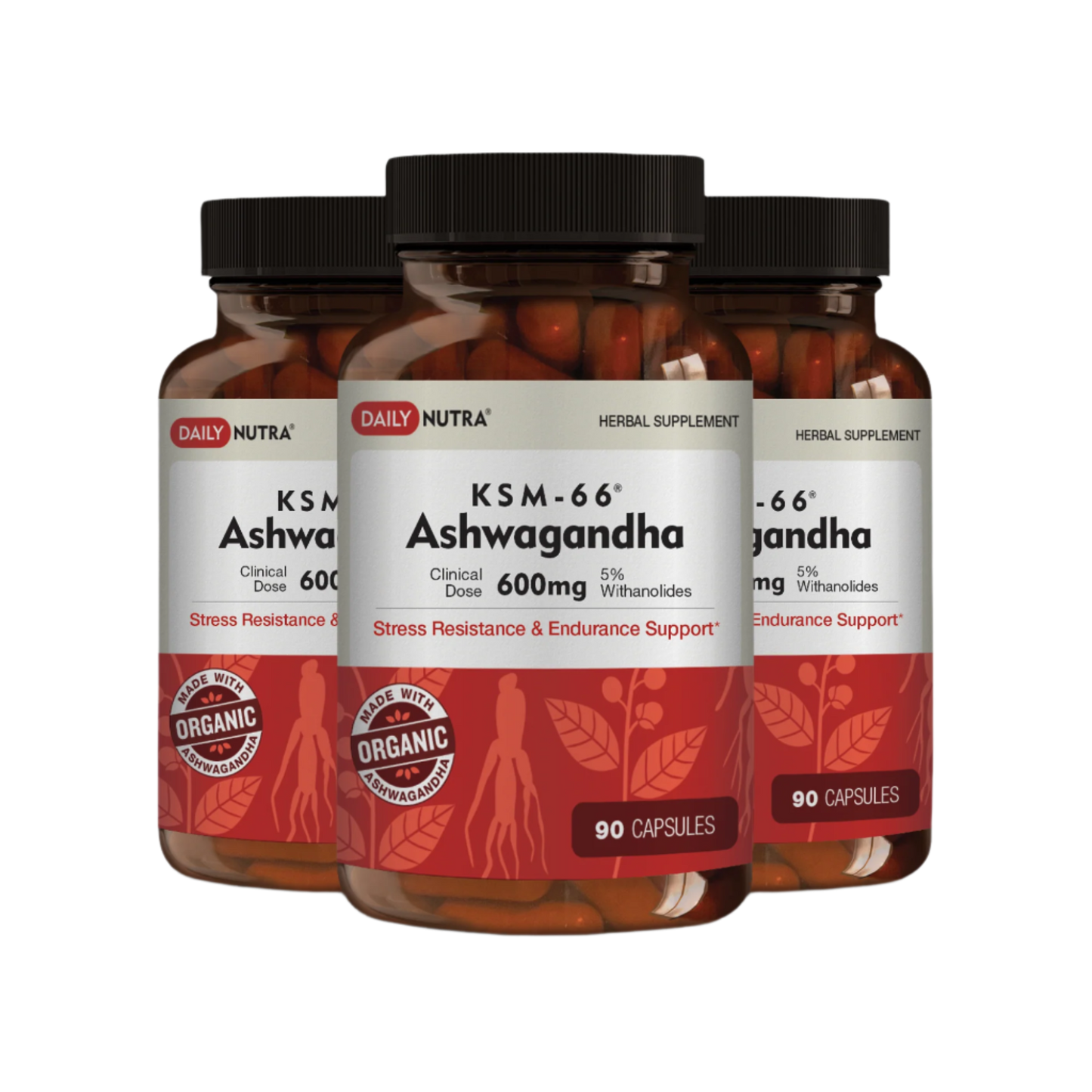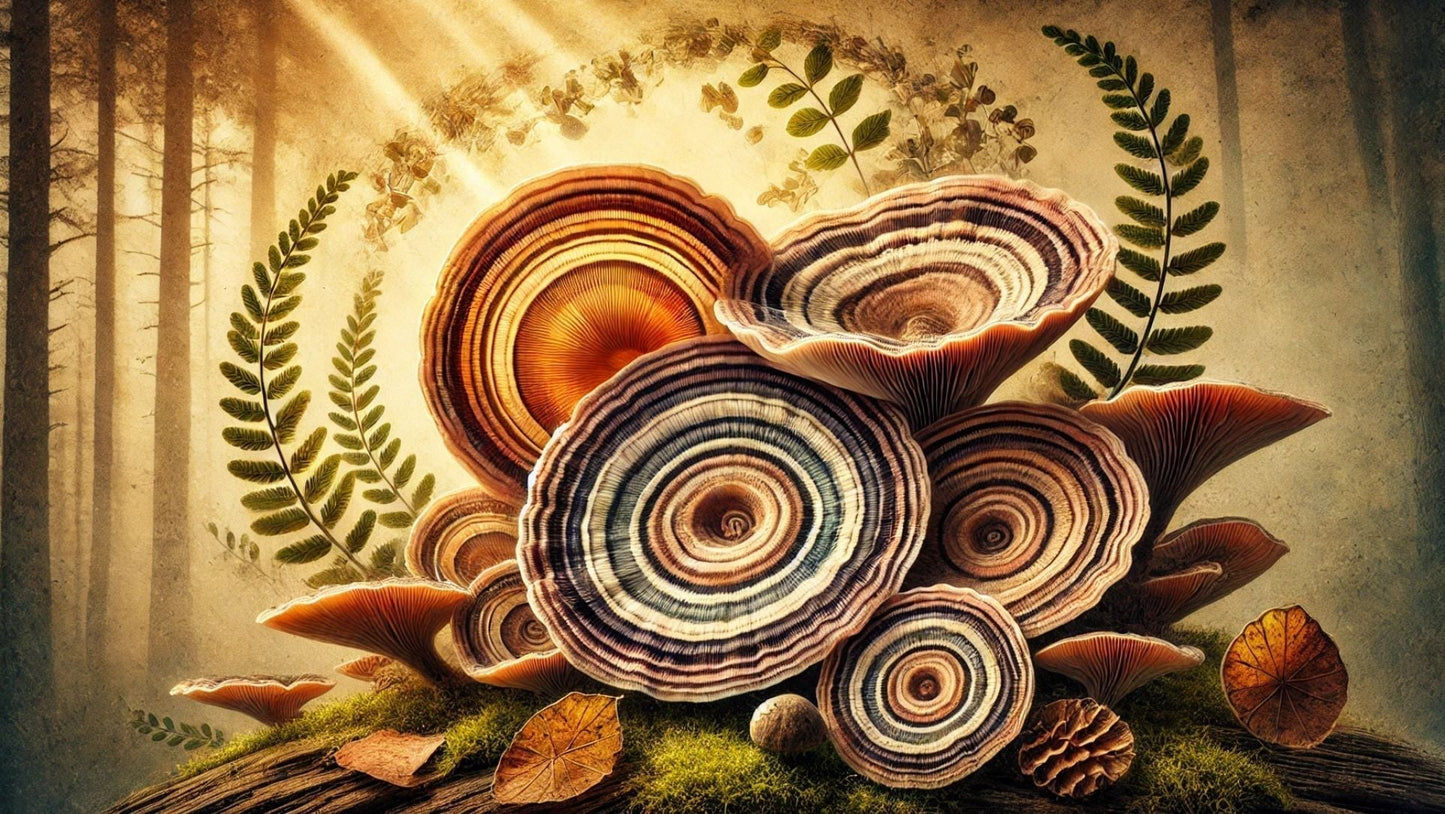Learn — Find Turkey Tail Mushrooms
From Forest Floor to Teacup: The Ultimate Guide to Turkey Tail Mushroom Prep
Long overlooked or misunderstood, turkey tail mushrooms (Trametes versicolor) are finally earning their place in the modern wellness spotlight. With their vibrant, multicolored rings and unmistakable fan-like shape, these mushrooms grow abundantly on fallen logs and tree stumps. But their appeal goes far beyond their aesthetic. Across cultures and centuries, turkey tail has been revered for its immune-boosting and disease-fighting capabilities (1). Still, most people aren’t quite sure what to do with them once found or purchased. They're woody, fibrous, and far from the buttery portobello most associate with mushrooms. But don’t be fooled by the texture—this tough fungus holds...
Can You Chew Turkey Tail Mushrooms? A Raw Take on Edibility and Benefits
Turkey tail mushrooms are nature’s confetti—vibrant, colorful, and scattered across fallen logs in wooded areas all over the world. They’re one of the most recognizable fungi in the forest, with layers of rust, blue, green, and gray spreading out in fan-shaped rings. And if you’ve been exploring the world of medicinal mushrooms, you’ve probably heard turkey tail’s name pop up for its immune-boosting powers. But here’s a question many newcomers ask: Are turkey tail mushrooms edible? In the classic culinary sense—as in, can you sauté them with garlic and butter and chew them up?—the answer is more complex than it...
A Flavorful Fungus: What Do Turkey Tail Mushrooms Taste Like?
Turkey tail mushrooms are more than just a striking addition to the forest floor. They’ve become a staple in wellness circles and holistic healing for their powerful health benefits. But one question often stumps first-timers and mushroom enthusiasts alike. What do turkey tail mushrooms taste like? The answer lies in understanding both the physical structure of this mushroom and the methods used to consume it. What Is a Turkey Tail Mushroom? Turkey tail mushrooms, scientifically known as Trametes versicolor, are polypore fungi. They grow in layered, fan-shaped patterns on decaying wood, often resembling the fanned-out feathers of a wild turkey....
Turkey Tail Mushrooms Identification: How to Spot the Real Thing
Turkey tail mushrooms are among the most distinctive and extensively researched mushrooms worldwide. These medicinal mushrooms feature a unique visual appearance and can be discovered throughout forests and woodlands. The correct identification of turkey tail mushrooms remains crucial because their lookalikes can be toxic or indigestible, even though these mushrooms are nontoxic and commonly consumed for medicinal benefits. This article provides expert guidelines to help readers understand proper turkey tail mushroom identification techniques. This guide will explain how to spot true turkey tail fungi and differentiate them from misidentified mushrooms while understanding their health benefits, which depend on accurate identification....






